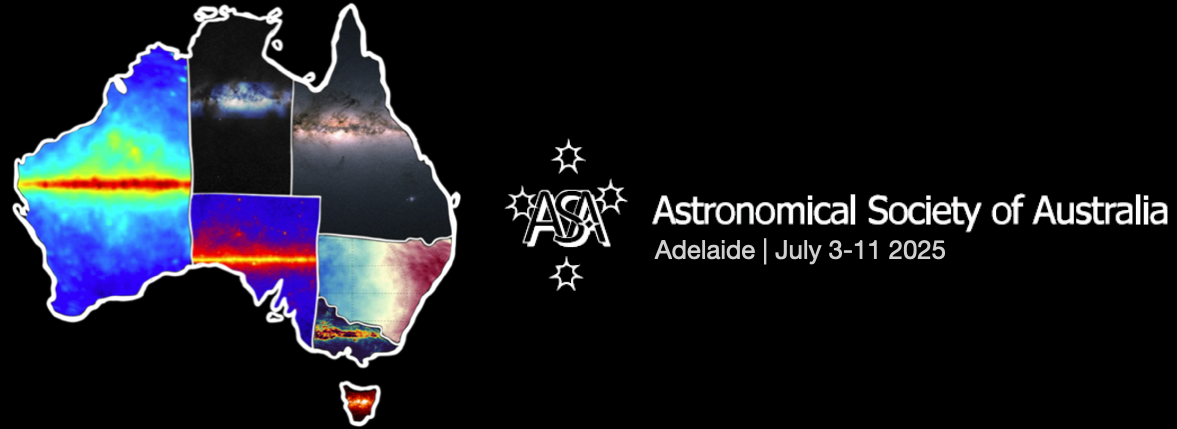Speaker
Description
The continuous increase of astronomical surveys in scale yields the need for efficient solutions to analyze the data. The Vera C. Rubin LSST as a prime example will produce millions of alerts, notifications of potentially novel objects, per night. Within the entire set will be millions of supernovae (SNe), which makes spectroscopic classification of all of them infeasible.
We present first results of a data-driven machine learning approach for the photometric classification of core-collapse supernovae (CC SNe) into SN Ib/c and SN II, two of their subclasses. Our study uses LSST-like precursor datasets and simulations to uncover advantages and pitfalls of existing architectures and presents a new architecture based on transformers. This alternative to spectroscopy is scalable while achieving good accuracy (87% on simulations). Our photometric classifier will elevate our understanding of CC SN by improving rate measurements, and significantly increasing the size of available datasets for population properties studies.

